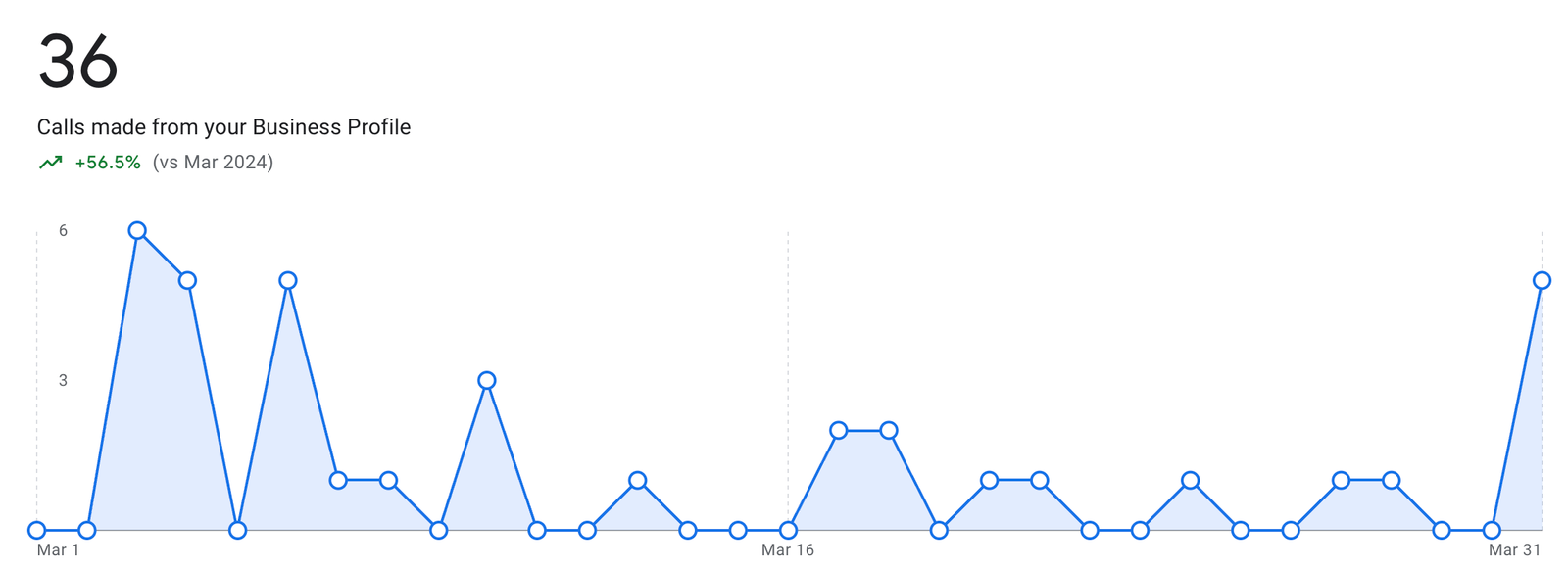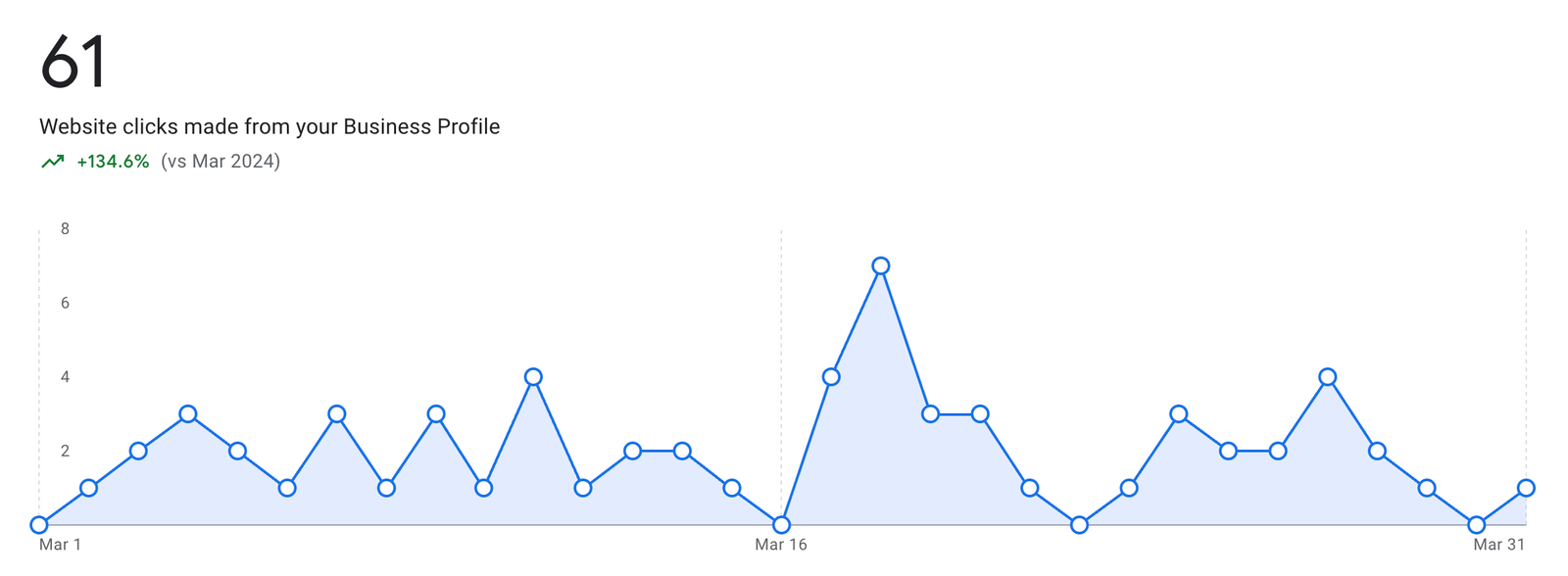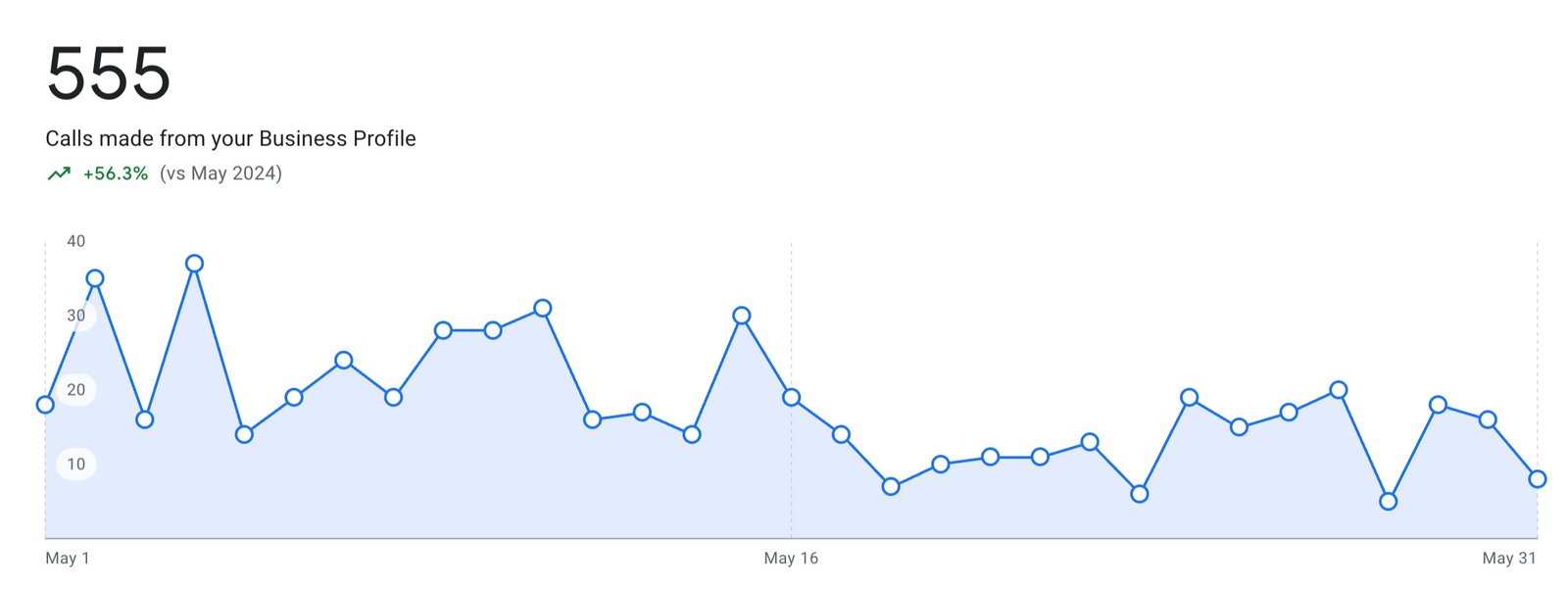Landing pages live at the intersection of two disciplines: search engine optimization and conversion rate optimization. A page that ranks well but fails to convert is a missed opportunity. Conversely, a persuasive page no one finds might as well not exist. Striking this balance is part science, part craft, and always an evolving challenge.
The Stakes: Traffic Without Results Is Wasted Potential
Marketers often inherit landing pages with respectable traffic but mediocre conversions. Others face the opposite - high conversion rates from too little organic traffic. Neither scenario justifies the investment poured into content, design, and paid promotion. The best landing pages serve both Google’s algorithms and real human visitors, guiding them seamlessly from click to action.

Understanding Search Intent: The Foundation
Search intent shapes every decision when optimizing for both CRO and SEO. Before writing a headline or drafting a call-to-action, you have to know what brings visitors to your page in the first place.
For example, someone searching “best CRM for small business” expects a different experience than someone searching “buy Salesforce license now.” web design boston ma One is researching options; the other is likely ready to purchase. Failing to match your content with intent leads to pogo-sticking: users bounce back to search results without engaging further, which hurts both rankings and conversions over time.
SERP analysis provides critical clues about dominant intent types for your target keywords. Study top-ranking competitors closely - not just their keywords, but how they structure information and what actions they encourage. Over time I’ve learned that subtle differences in layout or copy can signal what Google’s algorithms currently reward.
Keyword Research That Serves Both Goals
Choosing target keywords blends classic research with practical judgment. You want terms with enough search volume to matter, yet tightly aligned with what your offer delivers.
Tools like Ahrefs or SEMrush help uncover keyword opportunities and estimate difficulty. But numbers only go so far. I often supplement this data by looking at the actual queries users type into site search or customer support chats. These authentic phrases reveal pain points and buying signals that generic keyword tools sometimes miss.

Once you select primary keywords, weave them naturally through headings, body text, meta tags, and image alt attributes. Resist the urge to over-optimize; keyword stuffing reads awkwardly for humans and risks penalties from Google’s algorithms. Instead, aim for language that answers questions in clear terms while feeling unforced.
Structuring Content: The Art of Sequencing
Great landing pages guide users step by step toward action without friction or confusion. This isn’t just about persuasive copy; it’s about sequence.
Start with a clear headline that echoes the main keyword or promise identified during research. Support it with subheadings that break complex ideas into digestible sections - Google favors well-organized content because it helps users find answers quickly.
The body should present benefits before features unless your research shows technical buyers prefer details up front. Every claim needs evidence: testimonials, case studies, statistics (when available), or even concise product specs for more informed audiences.
Calls-to-action need context as much as placement. Rather than plastering “Sign Up Now” everywhere, tailor CTAs to match where readers are in their decision journey - maybe “Learn More,” “See Pricing,” or “Request Demo.” Conversion rate optimization hinges on these micro-decisions throughout the page.
On-Page SEO Elements That Also Boost CRO
Some optimizations do double duty by making pages more discoverable and more persuasive:
- Title tags that clearly state value (not just a brand name). Meta descriptions that preview benefits succinctly. Schema markup (like Product or FAQ schema) which enhances visibility in organic search results via rich snippets. Internal links leading readers deeper into relevant content or resources. Fast-loading images properly compressed for speed without sacrificing quality.
These elements serve both bots crawling your site and humans considering their next move.
User Experience (UX) Is Not Optional
A landing page may say all the right things yet still fall short if it’s slow or clunky on mobile devices. Google’s recent updates heavily weigh user experience factors such as Core Web Vitals: loading speed, interactivity delays (FID), visual stability (CLS). On mobile especially, even half a second of lag can cut conversions noticeably - I’ve seen improvements of 10% simply by streamlining images and scripts.
Navigation should be minimal but intuitive; clutter distracts from your primary goal while too few cues risk abandonment from confused visitors. Use white space strategically so key messages breathe rather than blend into background noise.
Responsive design isn’t just table stakes anymore; it’s integral ROI protection given mobile’s dominance in organic search traffic for most industries today.
Compelling Copywriting That Balances SEO And CRO
SEO copywriting is equal parts psychology and strategy. You want headlines that attract clicks from SERPs while promising clarity on-page. Body text must answer anticipated objections without veering into jargon-filled tangents or hollow hype.
I once worked with a SaaS client whose original landing page boasted a conversion rate under 1%. We swapped out generic marketing speak (“innovative platform solutions”) for language grounded in actual user outcomes (“Save two hours per week managing invoices”). Just rewriting three sentences improved sign-ups by nearly 40% over six weeks - proof that specificity trumps abstraction every time.
Use active verbs instead of passive constructions whenever possible; they drive momentum toward action both cognitively and emotionally.
Technical SEO Considerations That Shape Results
Technical SEO quietly powers visibility behind the scenes. Even perfect copy struggles if crawlers hit dead ends or duplicate content issues abound.
Essentials include:
Clean URL structures featuring relevant keywords but avoiding unnecessary parameters. Proper use of canonical tags to prevent duplicate indexing if variants exist. XML sitemaps kept current as you add new landing pages. Secure protocols (HTTPS) across all touchpoints. Compressed CSS/JS files so scripts don’t bottleneck performance metrics like Largest Contentful Paint (LCP).Regular SEO audits using tools such as Screaming Frog or Sitebulb catch broken links and missing meta tags before they erode rankings or frustrate users.
Conversion Rate Optimization: Testing And Iteration
No landing page launches fully optimized out of the gate - iterative testing refines messaging and layout based on real behavior data rather than hunches alone.
A/B testing remains essential but must be prioritized carefully due to traffic constraints on many sites; test only elements likely to move the needle materially such as:
- Headline variations focused on different benefit angles. CTA button color/wording/placement. Inclusion vs exclusion of trust signals like reviews or guarantees. Page length: concise vs comprehensive approaches depending on audience sophistication. Form field requirements - fewer fields typically boost completion rates unless qualification matters more than volume.
One B2B client halved required form fields after reviewing analytics showing high abandonment at checkout; qualified lead volume jumped 60% within two months without diluting lead quality thanks to better up-front targeting.
Measuring Success: Metrics That Matter
Traffic increases mean little if bounce rates stay stubbornly high or conversion goals remain unmet. Rely on website analytics platforms like Google Analytics 4 paired with heatmap tools (such as Hotjar) for granular insights:
Bounce rate helps identify disconnects between SERP promise and actual content delivered; session duration reveals engagement depth; scroll tracking highlights sections routinely skipped versus ones holding attention longest.
For conversions themselves, set up granular event tracking tied directly to revenue impact where possible rather than vanity metrics like clicks alone.
Organic search rankings remain important but don’t chase them blindly at the expense of usability - getting found is just step one.
Backlinks And Off-Page SEO For Authority Building
While most effort focuses on-page tweaks, off-page SEO builds domain authority over time through credible backlinks.
Guest posting on reputable sites within your niche earns links while also putting your expertise in front of fresh eyes.

Strong performance on third-party review platforms can deliver both external validation (improving clickthroughs from branded searches) and inbound links if those sites allow profile linking.
Avoid spammy link-building schemes promising fast results - penalties here are hard to recover from compared with slow-and-steady growth rooted in genuine value exchange.
Local And Mobile Optimization Nuances
For businesses relying on local clientele (think service providers), factoring local SEO strategies into landing page design pays dividends:
Embed local schema markup so address details display correctly across Google Properties.
Encourage satisfied customers to leave reviews referencing specific locations; these show up not only in Maps packs but also influence organic rankings indirectly through trust signals.
On mobile devices especially, keep forms single-columned with large tap targets so fat-finger errors don’t derail conversions at final hurdles.
My own testing revealed reducing above-the-fold distractions increased appointment bookings via mobile forms by 25%, simply because focus remained sharp amid smaller screen real estate.
When To Go Long Vs Short Form Content
Length debates persist endlessly among marketers: does longer always mean better? The answer depends entirely on context.
Pages targeting comparison queries (“X vs Y”) often perform best when comprehensive yet skimmable via clear subheadings — think FAQs embedded mid-page using accordion layouts enhanced by FAQ schema markup for extra SERP visibility.
Transactional intents (“Buy blue widgets now”) generally favor brevity provided all trust signals appear immediately: shipping policies visible near CTA buttons, social proof adjacent to pricing blocks.
Look at competitor analysis within your space using tools like SurferSEO — sometimes you’ll find surprising patterns such as shorter-form leaders due solely to stronger backlink profiles rather than superior content per se.
Common Pitfalls To Avoid
Multiple overlapping calls-to-action confuse readers about what comes next — pick one core outcome per page whenever feasible.
Bloated JavaScript frameworks meant for multi-purpose web apps bog down otherwise simple landing experiences — opt for lighter alternatives where possible.
Neglecting schema markup misses easy wins when competitors secure FAQ-rich results above yours despite similar content quality.
Over-reliance on stock imagery drains authenticity — candid team photos or user-generated visuals consistently outperform generic assets in my A/B tests.
Failure to revisit old pages after algorithm updates leaves them stale against fresher competition — schedule semiannual reviews tied alongside regular SEO audits.
Bringing It All Together
Landing page Boston SEO optimization merges artful storytelling with rigorous technical discipline — each side supports the other rather than competing priorities.
When you start each project grounded in real user intent then layer smart keyword choices atop rock-solid UX fundamentals you create experiences that earn both clicks and conversions.
Tools will change names over time — best practices evolve — yet anchoring decisions around serving people first keeps you adaptable no matter how algorithms shift next month.
Keep measuring honestly experimenting thoughtfully learning constantly — that’s how high-performing landing pages thrive amid shifting digital sands.
Checklist For Balanced Landing Page Optimization
Start with deep SERP analysis targeting true user intent Integrate primary keywords naturally throughout headlines meta tags body text Prioritize speed responsive design mobile usability Test CTAs evidence placements iteratively using behavioral data Build relevant backlinks avoid shortcuts monitor performance regularlyBy blending these strategies you lay groundwork for sustainable visibility customer growth measurable impact long after initial launch day excitement fades away
SEO Company Boston 24 School Street, Boston, MA 02108 +1 (413) 271-5058